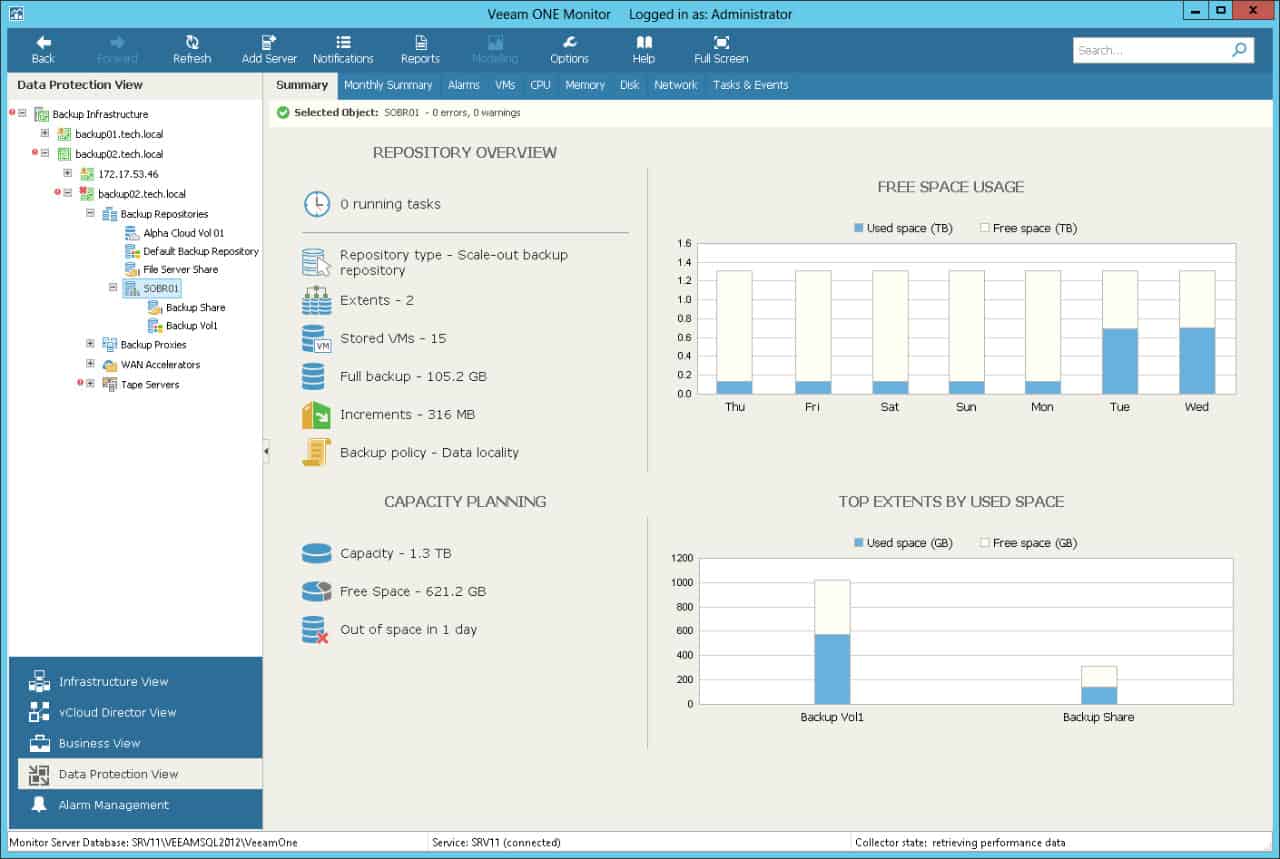

Eager zeroing, by contrast, wipes a disk clean when data is deleted (turning it to zeroes) and new data is written on this blank slate. Lazy zeroing simply means that existing data (binary ones and zeroes) is overwritten without being converted to all zeroes first. Does thin provisioning affect performance?Ī thin-provisioned disk exhibits the same performance as a lazy-zeroed thick-provisioned disk. With less hardware, a thin-provisioned storage solution will take up less physical space and offer an efficient solution for the right clients. This saves funds in purchasing storage, time in maintaining it, and energy in running it.

Network administrators are then freed up from maintaining vast amounts of unused disk space. It enables the squeezing of more users onto a particular volume of physical storage, while also avoiding excess capacity. Thin provisioning uses disk space more efficiently than thick provisioning. This is called “overprovisioning.” What are the advantages of thin provisioning? Essentially, the system claims to have more physical resources than are actually available. Therefore the 100GB drive can easily accommodate three or more users, each believing they have access to 50GB of space.
Vm has more disk space than reported by netapp free#
If the two users have each saved 10GB of data (totaling 20GB), 80GB would remain free on the disk for other users. In a thin provision system, each user would only take up the amount of disk space they are actually using. Divisions on physical storage are virtual and flexible rather than determined in advance.Ĭonsider our previous example. As a user saves more data, they take up more of the disk when they delete data, their portion shrinks. Thin provisioning allocates disk space to users on demand based on how much space they need at any given time. What is thin provisioning? Also known as virtual provisioning or thin storage, thin provisioning is the rival disk provisioning method. The network will not run out of space even if both users approach their complete 50GB quota. On the other hand, the advantage of this pre-allocated space is that it guarantees there will be enough capacity available. The business must pay to maintain this excess hard drive or solid state capacity, which takes up physical space, uses energy, and generates heat. If users only fill up a small portion of their quota, the rest of the space on the drive remains unused. Thick provisioning allocates storage space up front in anticipation of future needs, which can cause inefficiency and wasted space. Even if one was merely using 10GB of space, they would still take up half of the drive. With thick provisioning, only two users could fit on the drive. The office has a 100GB hard drive on the network. A set amount of storage resources are reserved for each user, regardless of how much space they are actually using.Ĭonsider an office with multiple users who each need up to 50GB of network storage. Using thick provisioning, storage space on physical media is allocated to particular users when their drive partition is created. Thick provisioning-also known as fat provisioning-is the more conventional method. Thick and thin provisioning represent the two rival ways to allocate storage space in centralized disk storage systems, storage area networks (SANs), and storage virtualization systems. In this article, we’ll explain how thin provisioning storage works, how it compares to thick provisioning, and how it can serve your clients’ storage needs.įirst, let’s examine thin vs. Thin provisioning is an excellent way to accomplish this. Fortunately, today’s technology uses storage media efficiently to enable more data with less space.


 0 kommentar(er)
0 kommentar(er)
